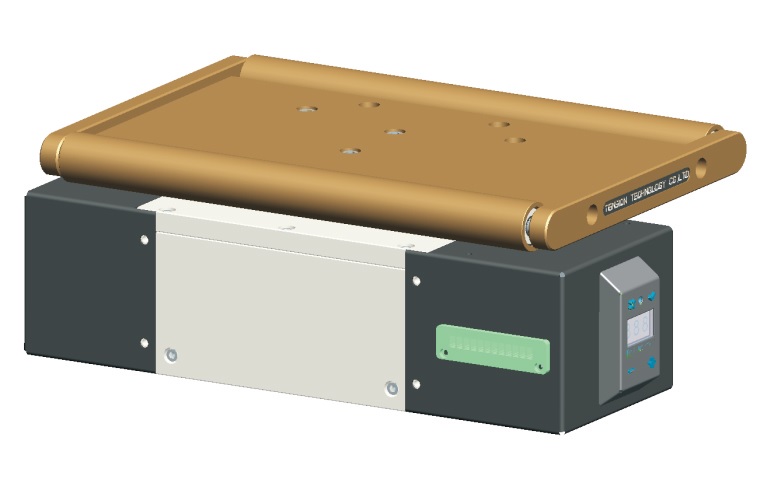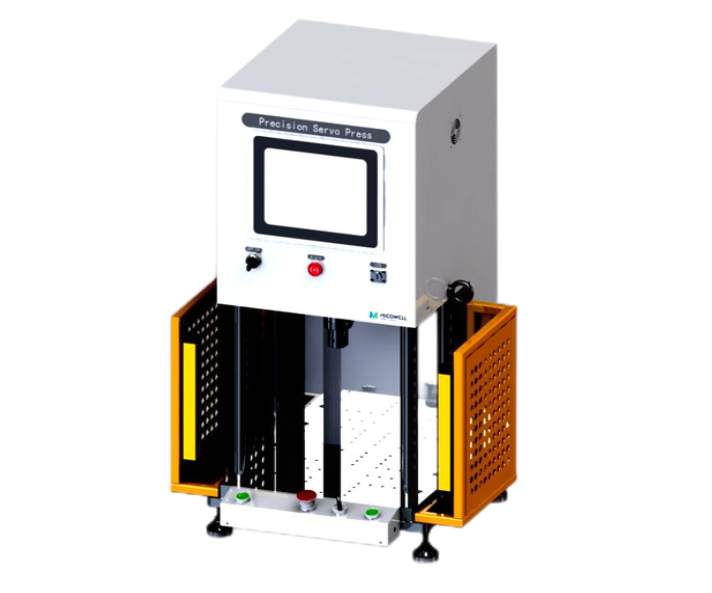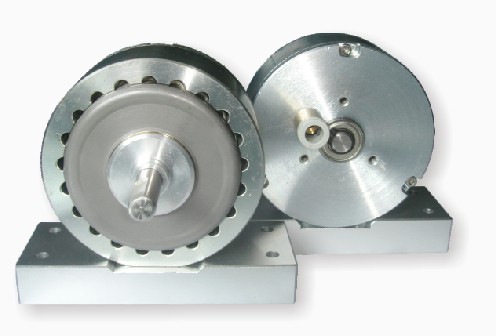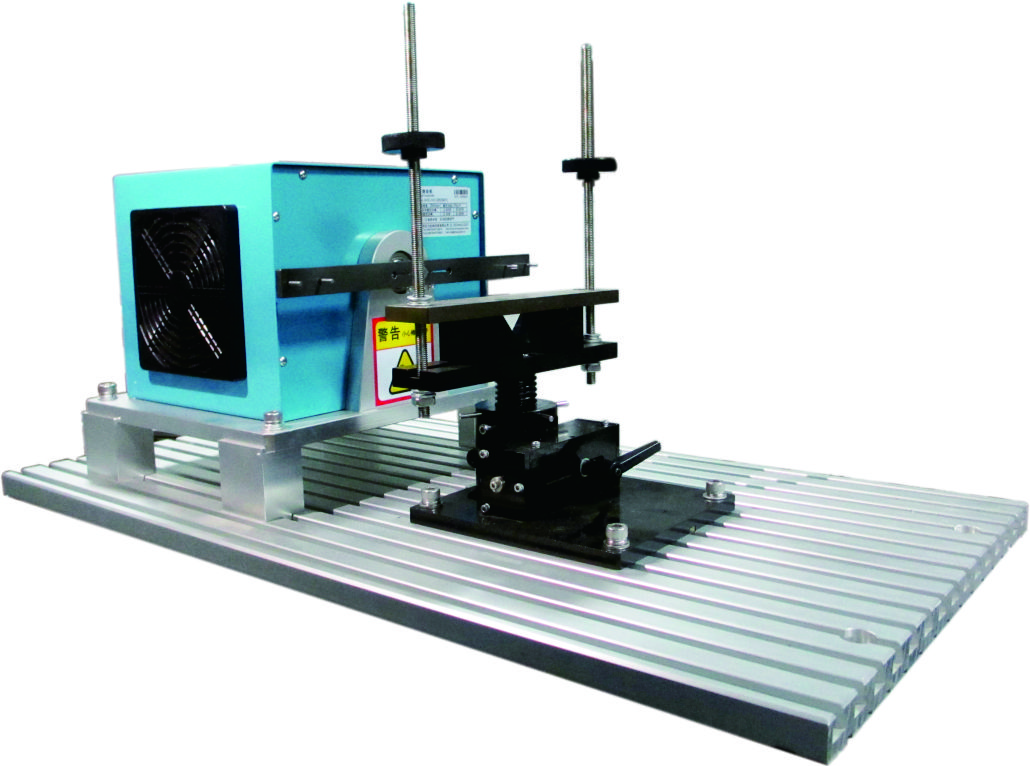🚀 Precision Meets Power Elevate Your Automation Game with Advanced Servo System Integration

The heartbeat of modern industrial automation lies in the seamless harmony between precision and power. Servo systems, the unsung heroes behind high-performance machinery, are no longer just components—they’re the backbone of innovation. But how do you unlock their full potential? The answer lies in strategic **servo system integration**, a process that transforms ordinary machines into extraordinary assets.
### Why Servo System Integration Matters More Than Ever
In an era where microseconds and microns define competitive edges, businesses can’t afford lagging systems or inefficient processes. Integrated servo solutions eliminate guesswork, blending motor control, feedback mechanisms, and intelligent software into a unified force. Imagine a packaging line that adjusts torque in real-time to handle fragile items, or a CNC machine that compensates for thermal drift without human intervention. That’s the magic of holistic integration.
Key benefits include:
- 35% faster cycle times in manufacturing workflows
- Sub-micron accuracy for tasks like laser cutting or semiconductor assembly

- Energy savings of up to 40% through optimized power distribution
- Predictive maintenance capabilities that slash downtime by 60%
### The Hidden Challenges (and How to Solve Them)
Many companies stumble during integration by treating servo systems as isolated components. True success requires addressing three pillars:
1. **Syncing Mechanics with Electronics**
A servo motor is only as good as its controller. Mismatched pairs create vibration, heat, or even component failure. Case in point: A robotics firm reduced chatter in their assembly arms by 90% after adopting unified motor-drive packages tuned for resonant frequencies.
2. **Software That Speaks Machine**
Proprietary programming languages are becoming relics. Modern integration demands open-platform solutions like IEC 61131-3 or Python-based interfaces. One automotive supplier cut commissioning time from weeks to days by using modular code libraries for their welding robots.
3. **Data: The Silent Game-Changer**
Integrated systems generate terabytes of operational data. Smart filters turn this into actionable insights. For example, a food processing plant prevented $2M in recalls by monitoring servo torque patterns to detect misaligned fillers before products left the line.
### Industry-Specific Wins: Real-World Applications
🔧 **Aerospace Manufacturing**

Titanium machining requires ruthless precision. By integrating servos with adaptive toolpath algorithms, a jet engine manufacturer achieved surface finishes under 0.1µm Ra while extending cutter life by 300%.
📦 **Pharmaceutical Packaging**
A blister packaging line boosted output from 200 to 320 units/minute using servo-driven pick-and-place units synchronized with vision systems. The kicker? Zero rejected batches for alignment errors over 18 months.
🌱 ** hysteresis brake **
Wind turbine pitch control systems using integrated servos now adjust blade angles within 0.05 degrees during gust fluctuations, increasing energy capture by 22% in volatile weather conditions.
### Future-Proofing Your Investment
The next wave of servo tech is already here:
- AI-driven tuning that self-optimizes systems based on load patterns
- Wireless feedback systems eliminating cable wear points
- Eco-regenerative drives that feed braking energy back into the grid
A European conveyor manufacturer recently showcased a system where each servo module acts as a smart node, negotiating power needs peer-to-peer. Result? 31% lower peak demand charges.

### Your Roadmap to Flawless Integration
1. **Audit Existing Infrastructure**
Map every motion axis and control signal. One textile company found 18 redundant sensors slowing their looms—removal alone boosted speed by 15%.
2. **Choose Partners, Not Vendors**
Look for integrators who offer lifecycle support, not just hardware. A US-based medical device maker credits their 99.98% uptime to a vendor-provided remote monitoring portal.
3. **Test in Phases**
Pilot a single production cell before full rollout. A beverage bottler avoided a $500k mistake by discovering incompatible PLC firmware during small-scale trials.
### The Human Factor: Training for Success
Even the best systems fail without skilled operators. Leading firms now use augmented reality (AR) guides for maintenance staff. Technicians at a German steel plant repair servo drives 40% faster using AR overlays that highlight test points and torque specs.
### Cost vs. Value: Breaking the ROI Myth
While premium integration projects carry upfront costs, the math speaks for itself:
- Typical payback period: 8-14 months
- 5-year ROI for a mid-sized factory: 300-500%
- Intangible gains like improved safety and brand reputation
A Midwestern auto parts supplier quantified their $1.2M integration spend as generating $9M in value over three years through reduced scrap and increased throughput.
### Conclusion: The Integration Imperative
In the race toward Industry 4.0, standalone servo components are checkers pieces in a chess world. True leaders embrace integration as a philosophy—not a project. Whether you’re crafting microchips or marshaling warehouse robots, the fusion of precision mechanics, smart controls, and data intelligence isn’t just an upgrade…it’s industrial evolution.
Ready to rewrite your efficiency playbook? The servo revolution waits for no one. 🏭💡

